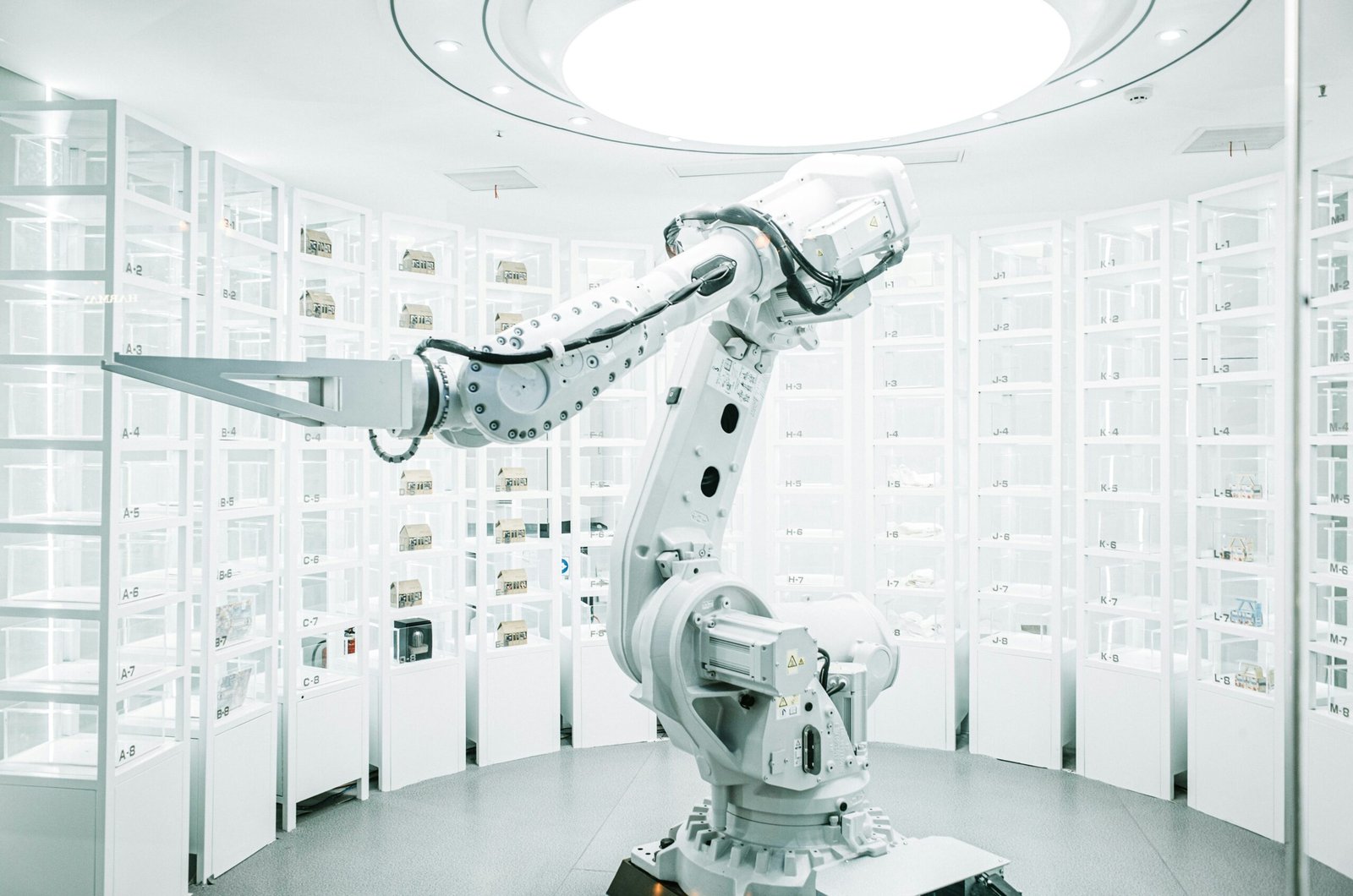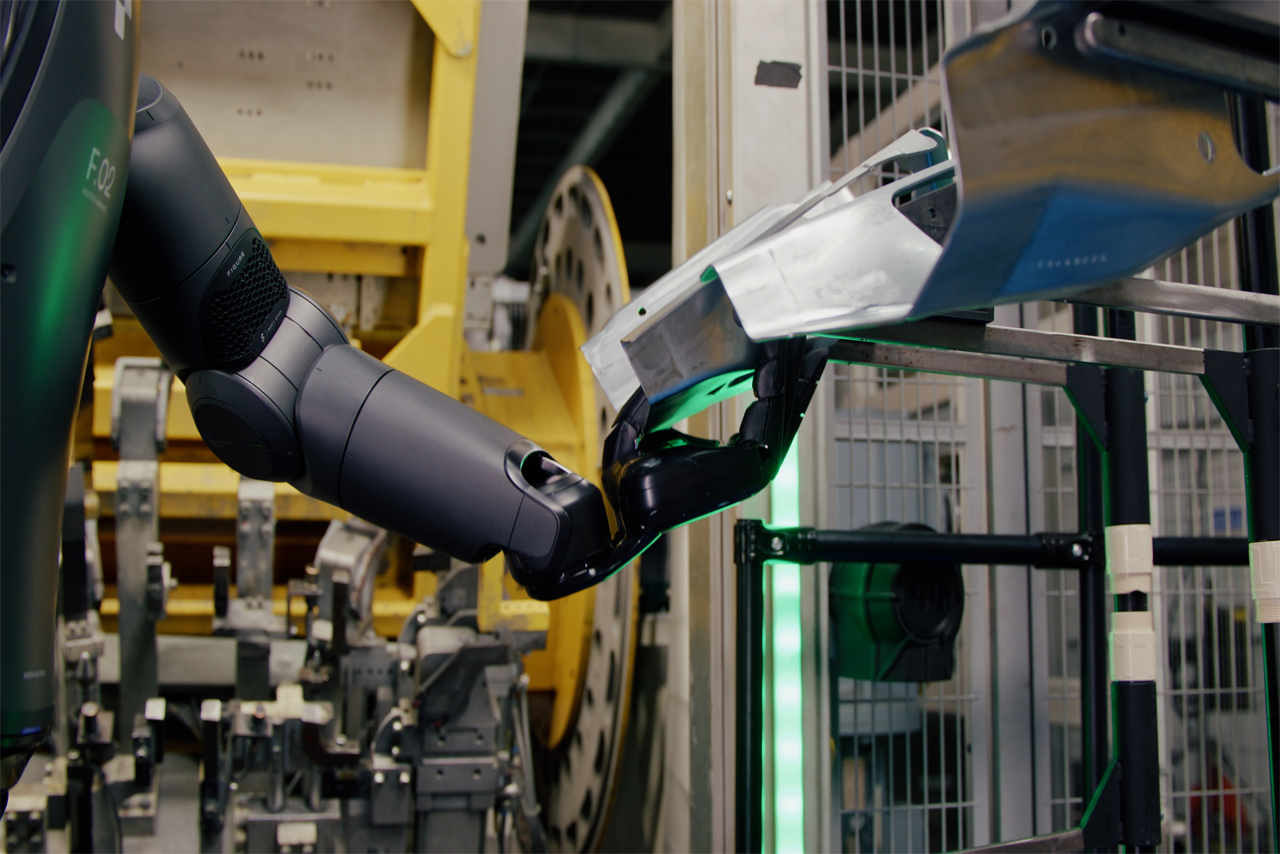The healthcare industry is rapidly evolving, driven by advancements in robotics and automation. Pharmaceutical robots are set to change how we access medications by providing a faster, more convenient, and private way to obtain prescriptions. Much like ATMs revolutionized banking, pharmaceutical robots will enable patients to retrieve their medications without face-to-face interactions, improving efficiency and privacy.
What Are Pharmaceutical Robots?
Pharmaceutical robots are automated systems designed to handle the dispensing and management of medications. These robots replicate traditional pharmacy roles while enhancing accuracy, speed, and privacy. Soon, patients will be able to access their prescriptions quickly and easily, without waiting in long lines or discussing personal health concerns with a pharmacist. These robots have the potential to transform the pharmacy experience.
Enhanced Privacy and Comfort
Many people feel uncomfortable discussing their health issues in front of others, especially in busy pharmacies. Pharmaceutical robots address this by allowing patients to pick up their medications privately and independently. Much like using an ATM, patients can retrieve their prescriptions without interacting with a pharmacist or waiting in line. This helps preserve privacy and makes the process more comfortable for everyone.
Faster and More Efficient Access
Pharmaceutical robots will reduce wait times and make it easier to obtain medications. Patients with routine prescriptions, such as those for chronic conditions, will particularly benefit. Automated systems will allow them to retrieve their medications quickly, without needing a consultation each time. Busy pharmacies can process requests more efficiently, eliminating delays and improving the overall experience.
24/7 Availability for Medication Access
Just like ATMs are available at all hours, pharmaceutical robots could offer 24/7 access to medications. This will allow patients to retrieve their prescriptions whenever it’s most convenient for them—whether it’s late at night or on the weekend. This round-the-clock access will be especially beneficial for those with irregular working hours or who live in areas with limited pharmacy access.
Reducing Human Error in Medication Dispensing
Human error is a significant issue in medication dispensing, with potentially dangerous consequences. Pharmaceutical robots help reduce the risk of mistakes by automatically verifying prescriptions, checking dosages, and tracking patient history. These robots ensure that the correct medication is dispensed every time, improving patient safety and reducing the likelihood of errors.
Cost-Effective Medication Management
Pharmaceutical robots can help reduce operational costs for pharmacies by automating tasks like filling prescriptions and managing inventories. These savings may lower the cost of medications for consumers. Additionally, reducing human error can prevent costly mistakes, such as hospital readmissions or adverse drug reactions, making healthcare more affordable in the long term.
Streamlining Prescription Management
Pharmaceutical robots will not only change medication dispensing but also improve prescription management. Automated systems can track prescriptions, remind patients when it’s time for a refill, and monitor dosage schedules. These robots can also notify pharmacists of potential drug interactions, ensuring that patients receive the right medications. With integration into electronic health records (EHR), these systems will provide more personalized care.
The Future of Pharmaceutical Robots: Transforming Healthcare
The future of pharmaceutical robots extends beyond pharmacies. As the technology evolves, robotic systems could be integrated into homes, allowing patients to manage their medications from the comfort of their own space. These systems could automatically track prescriptions, provide reminders, and even deliver medications. Artificial intelligence (AI) could be used to offer personalized medication recommendations based on a patient’s medical history, improving treatment outcomes.
While there are challenges to widespread adoption, such as regulatory hurdles and the need for substantial investment, the benefits of pharmaceutical robots are undeniable. These robots are poised to become a key component of the healthcare system, improving medication access and transforming the patient experience.
Conclusion: The Promise of Pharmaceutical Robots
Pharmaceutical robots are on the verge of changing the way we access medications. Like ATMs revolutionized banking, these automated systems will provide faster, more private, and more efficient ways to obtain prescriptions. With benefits such as improved privacy, reduced wait times, fewer errors, and 24/7 availability, pharmaceutical robots will make healthcare more accessible and patient-centered. As this technology continues to develop, it will reshape the healthcare landscape, improving the experience for patients everywhere.






